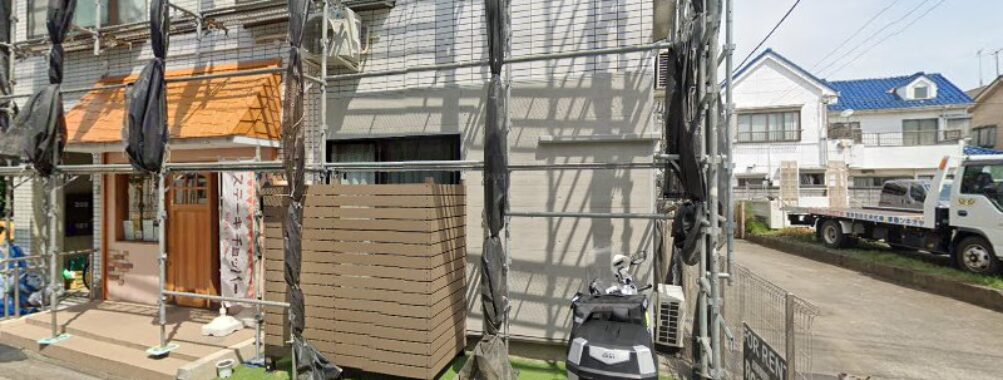
MARIE
“`html
Table of Contents
Description
MARIE, short for “Matter-Radiation Interactions in Extremes,” is one of those places that quietly stirs the imagination. Tucked away in Tokyo, it’s not your typical tourist stop filled with souvenir stands and selfie spots. Instead, MARIE is a window into how science and discovery can shape the way we understand the world. The facility is known for its cutting-edge research on how matter behaves under extreme conditions—think of it as a place where the boundaries of physics and engineering meet curiosity and creativity. For travelers who find beauty in innovation and the pursuit of knowledge, MARIE offers something quite special.
Walking through the surrounding area, you’ll notice how seamlessly the modern research atmosphere blends with Tokyo’s everyday rhythm—bustling streets, quiet corners, and the occasional scent of freshly brewed coffee wafting from a nearby café. It’s not flashy, but there’s a calm sense of purpose that lingers in the air. I remember the first time I stumbled upon it while exploring the neighborhood; I didn’t expect to find a place that felt so quietly powerful. There’s something humbling about standing near a site where scientists push the limits of what’s possible.
While MARIE itself is primarily a research center, its significance extends far beyond the lab walls. It embodies Japan’s dedication to science, precision, and progress. Visitors with a curious mind will appreciate learning about how this facility connects to global scientific efforts. It’s not a museum, but it definitely sparks the same sense of awe you get when you realize you’re standing close to where future discoveries might begin.
Key Features
- Focus on advanced scientific research in matter-radiation interactions.
- Cutting-edge technology and experimental facilities that explore extreme conditions of matter.
- Educational opportunities for those interested in physics, material science, and engineering.
- Located within a culturally rich Tokyo neighborhood, offering a blend of science and local life.
- Quiet surroundings that allow for reflection and observation without the usual tourist rush.
- Occasional public science events and exhibitions that open the doors to visitors.
I’ve always found that places like this remind us that travel isn’t just about sightseeing—it’s about expanding how we see the world. MARIE gives you that feeling, even if you’re just passing by or catching a glimpse of its sleek exterior.
Best Time to Visit
Tokyo has its charm all year round, but if you’re planning a visit near MARIE, spring and autumn are the most comfortable seasons. The cherry blossoms in late March and early April paint the city in soft pink hues, while the fall foliage around November creates a warm, golden glow. The air feels crisp, the light is gentle, and walking around the area becomes a sensory delight.
That said, there’s something fascinating about visiting during the quieter winter months too. The cold air gives the city a sharper edge, and the streets feel calmer. If you’re the kind of traveler who enjoys having space to think and observe, winter might be your perfect time. I once visited during a chilly January morning, and the stillness was almost meditative—just me, the sound of distant traffic, and the thought of scientists inside MARIE working on something that could change the future.
How to Get There
Reaching MARIE is pretty straightforward, especially if you’re already exploring Tokyo. The city’s public transportation system is one of the most efficient in the world. You can take a train to the nearest station and then enjoy a short walk through local streets that give you a taste of everyday Tokyo life. If you prefer convenience, taxis are readily available and relatively affordable for short distances in the city.
For those who love exploring on foot, the walk itself can be part of the experience. You’ll pass by small eateries, vending machines humming softly on corners, and locals going about their day. It’s a side of Tokyo that feels authentic and grounded—less about neon lights, more about quiet discovery. And if you’re anything like me, you’ll probably stop for a snack or two along the way. There’s always something delicious nearby.
Tips for Visiting
Before heading over, it’s good to check if there are any public events, exhibitions, or open days scheduled at MARIE. Since it’s primarily a research facility, general access might be limited, but on certain occasions, visitors get the chance to peek inside or attend science-focused gatherings. If you’re lucky enough to catch one, don’t miss it—it’s a rare opportunity to see cutting-edge science up close.
Here are a few practical tips to make your visit smoother and more enjoyable:
- Wear comfortable shoes—you’ll likely be walking quite a bit in the area.
- Bring a notebook or camera if you’re the type who likes to document interesting moments.
- Respect the facility’s boundaries—remember it’s an active research site, not a tourist attraction.
- Plan your visit around local cafes or parks nearby; they’re perfect for unwinding afterward.
- Learn a few basic Japanese phrases—it’s always appreciated and makes interactions friendlier.
If you’re someone who enjoys quiet, meaningful places rather than crowded attractions, MARIE will probably resonate with you. It’s not about spectacle—it’s about significance. Standing near it, you can almost feel the hum of intellect and innovation that defines so much of Japan’s scientific spirit.
And maybe that’s what makes MARIE so memorable. It’s a reminder that travel isn’t just about ticking off famous landmarks. Sometimes, it’s about finding those understated places that leave you thinking long after you’ve gone home. The kind that makes you pause, reflect, and maybe even dream a little bigger.
“`
Location
Places to Stay Near MARIE
Find and Book a Tour
Explore More Travel Guides
No reviews found! Be the first to review!